
Skincare for Oily Skin: Causes, Tips and Routine
Suffering from greasy skin? Discover the main causes of oily skin, tips to reduce excess oil and a NIVEA skincare routine to maintain it.
Oily skin is a common skin type that produces excess sebum, a natural oily substance produced by the sebaceous glands. While sebum helps keep the skin moisturised and protects against environmental stressors, an excess amount can lead to various skin issues. Oily skin often appears shiny or greasy, particularly in the T-zone area, which includes the forehead, nose, and chin.
7 Causes of Oily Skin
5 Ways to Recognise Oily Skin
Oily skin can be identified through several common signs and characteristics. Here are five key indicators to help you determine if your skin type falls into this category:
6 Tips to Reduce Oily Skin
Facts Overview
Oily Skin
5 Skincare Ingredients for Greasy Skin:
Skincare Routine for Oily Skin
Whilst a normal level of oil is healthy, excessive amounts can cause problems. The following routine using products from NIVEA’s Derma Skin Clear range could help to regulate excess oil production and minimise blemishes as a result.
Is there a difference between oily skin in men and women?
NIVEA Derma Skin Clear Helps to Regulate Excess Oil
Summary
Oily skin, resulting from excess sebum production, can cause shine, breakouts, and visible pores. Understanding the causes—such as genetics, hormones, age, climate, diet, stress, and skincare habits—can help manage it effectively. Developing and maintaining a consistent skincare routine is crucial for keeping greasy skin healthy and balanced. Explore products containing Salicylic Acid to exfoliate and clear pores, Niacinamide to regulate sebum production, and Hyaluronic Acid for hydration. Regular exfoliation and sun protection are also essential steps in effectively managing oily skin.
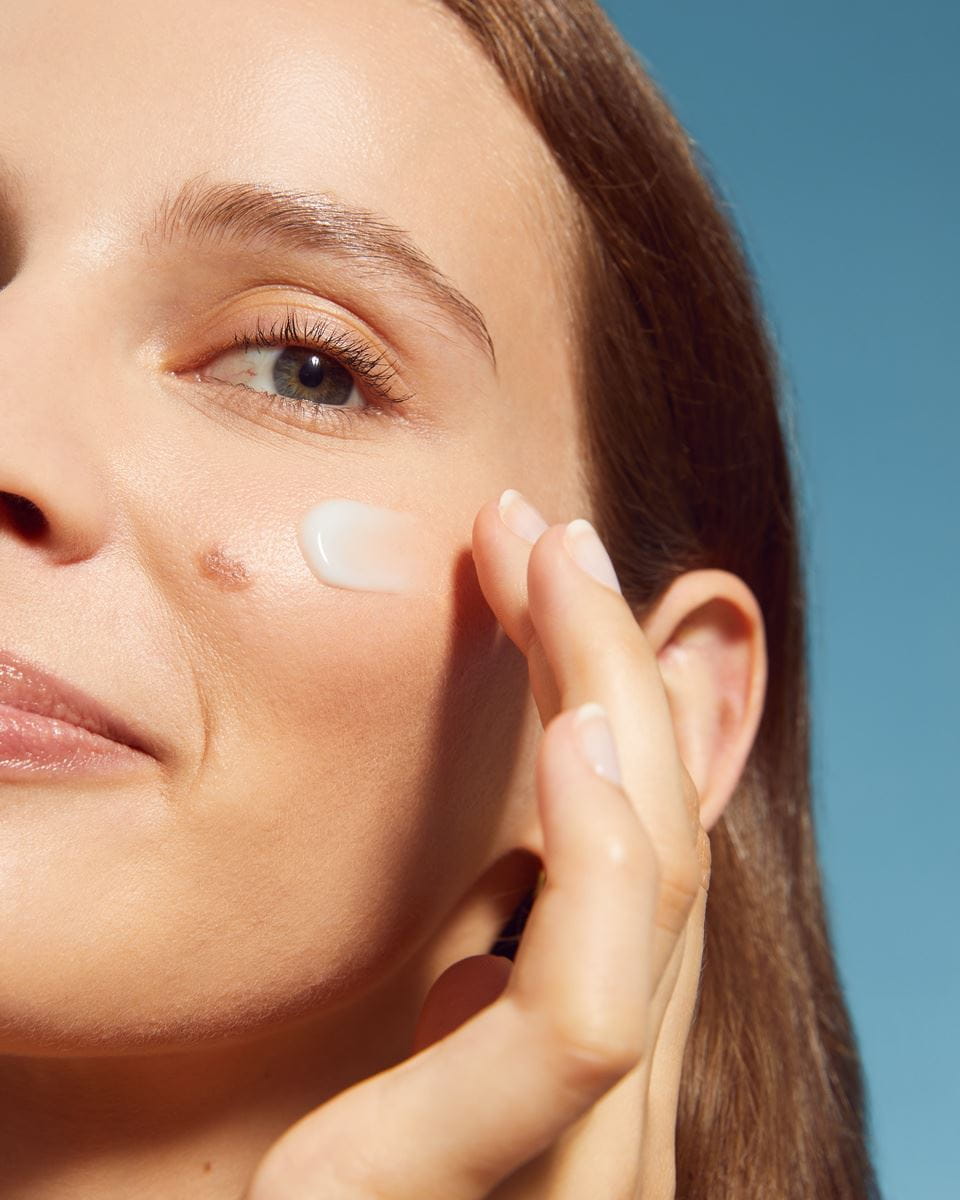
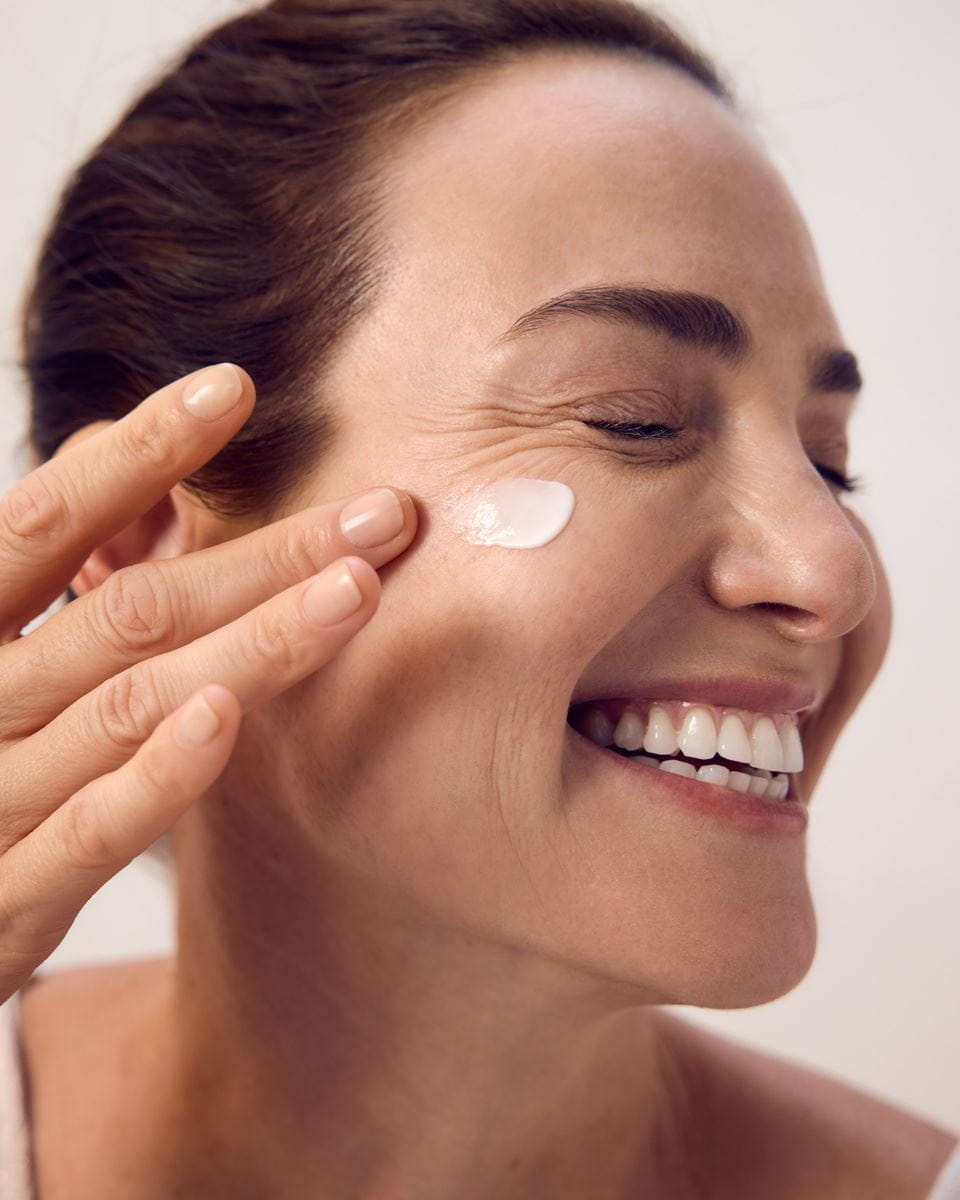
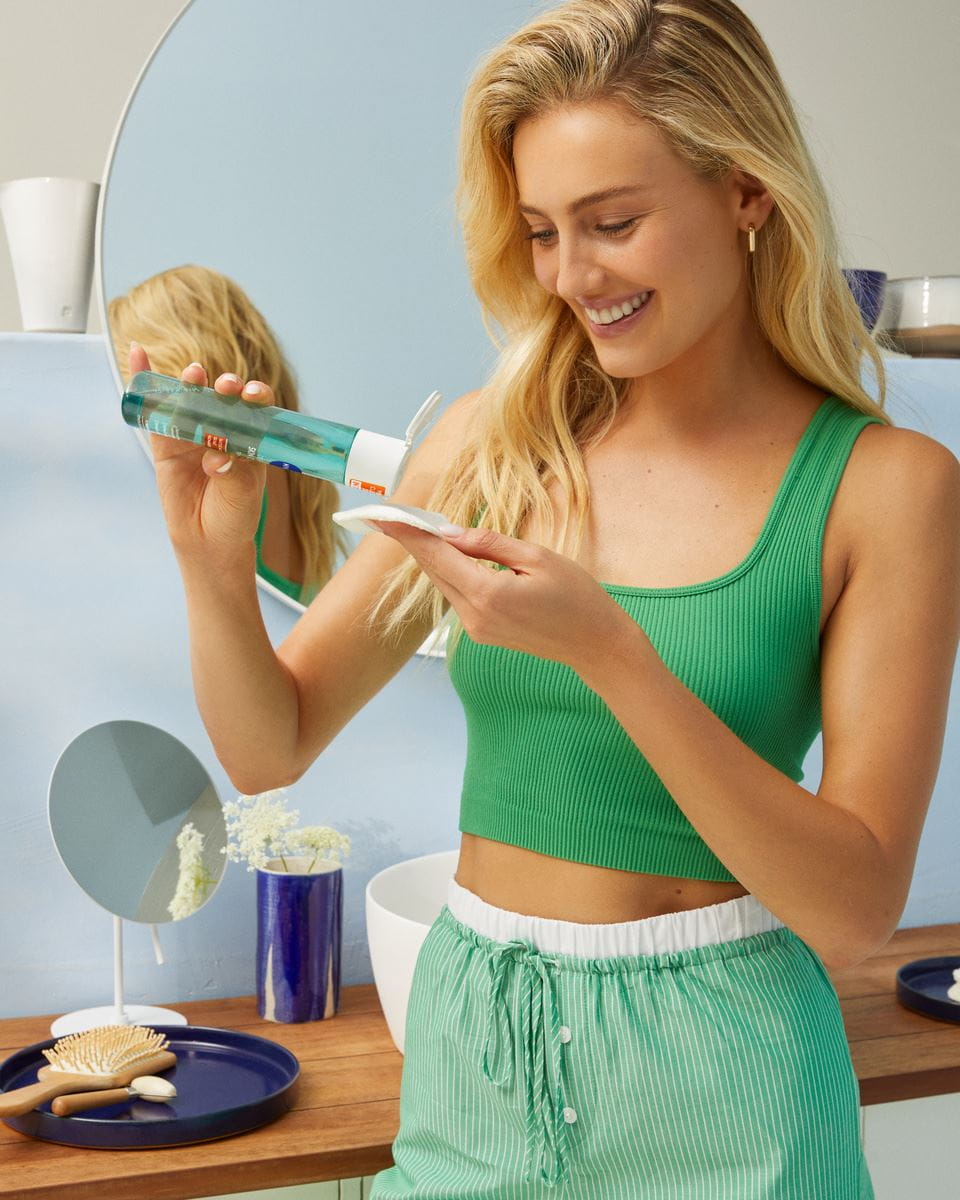

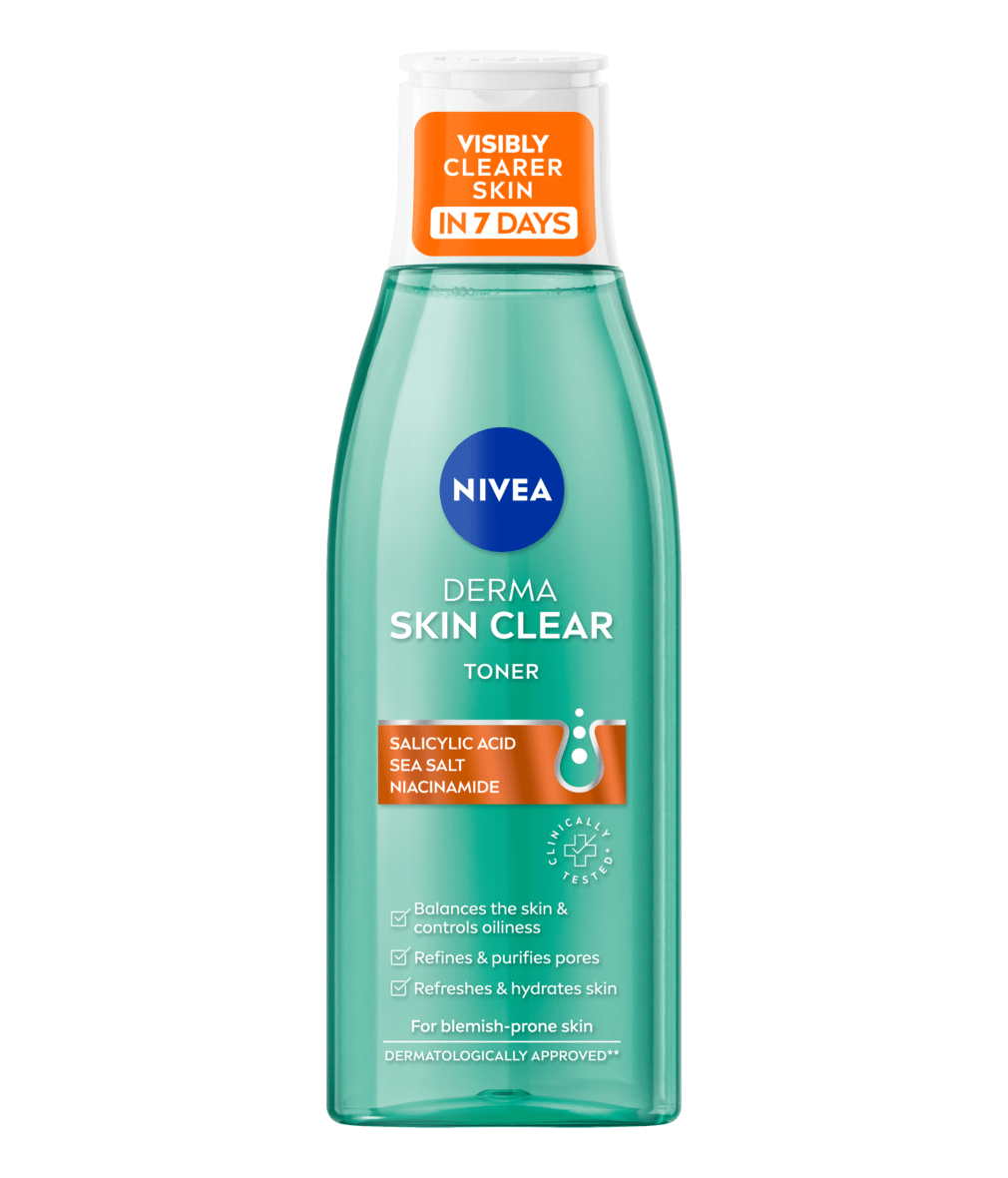
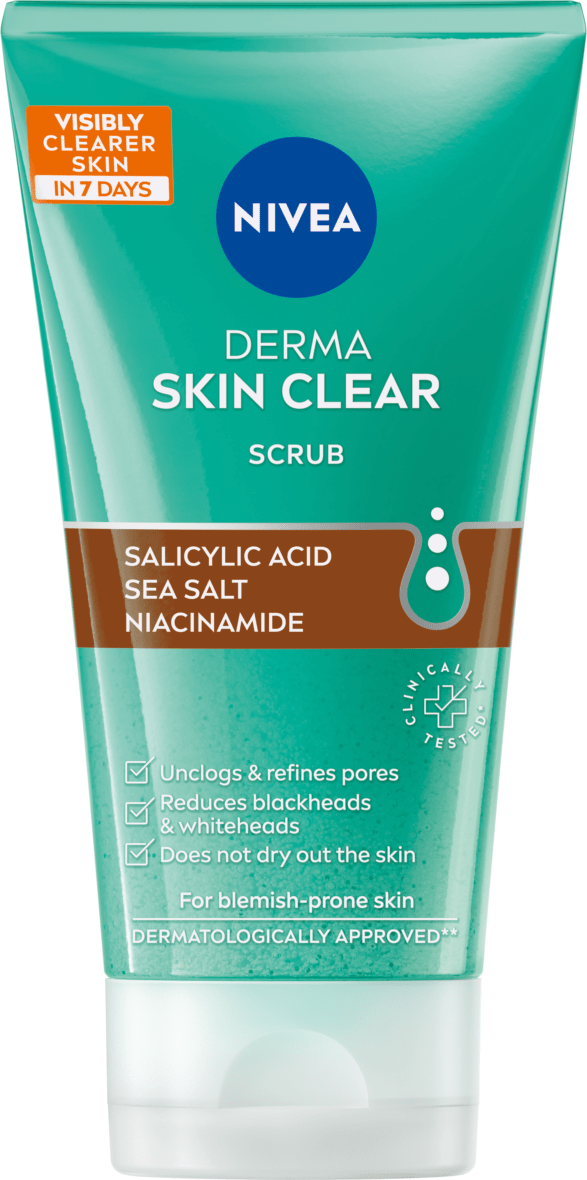

.jpg?rx=0&ry=744&rw=2806&rh=1557&hash=A0003997F2ABD9BF88655CFA3DE3D214)